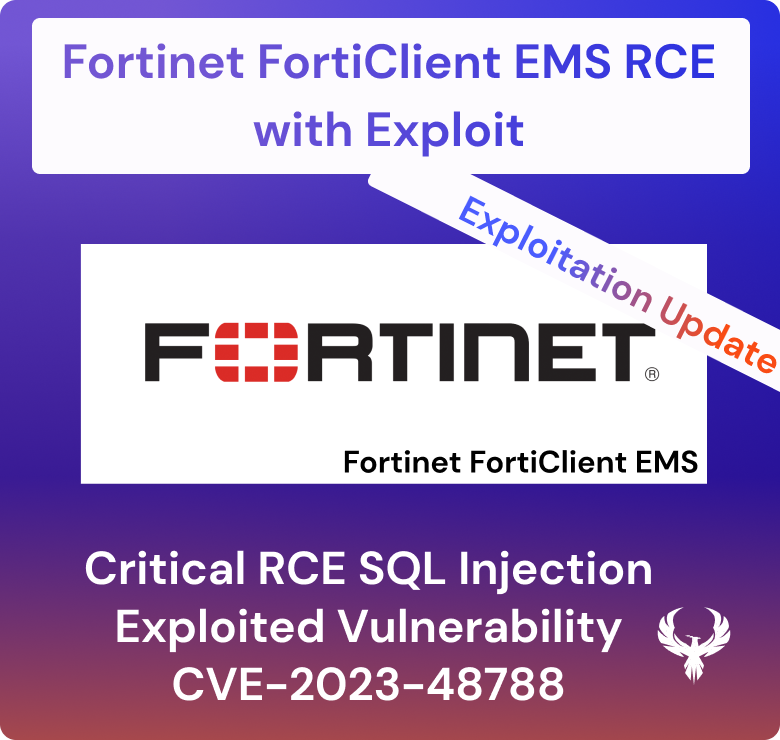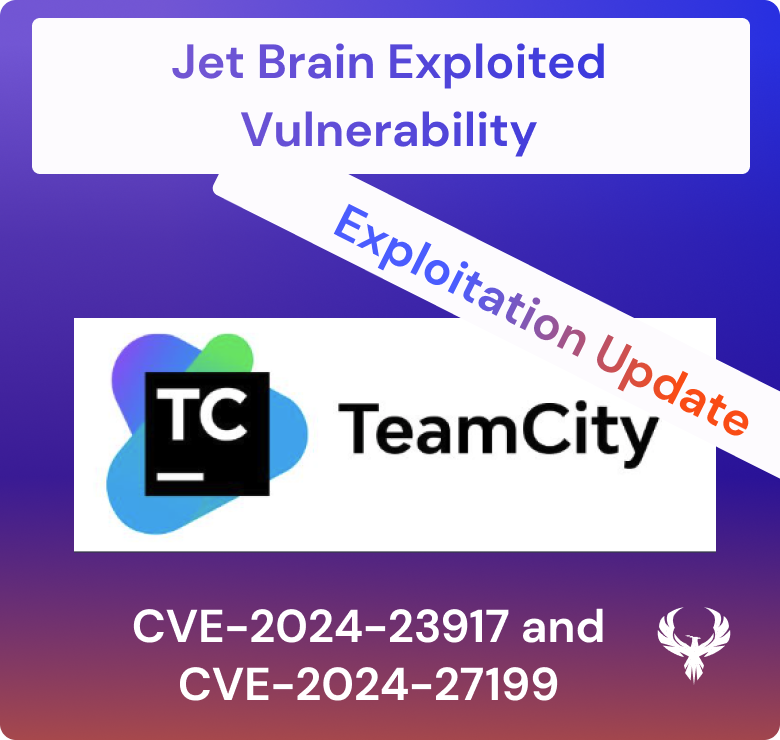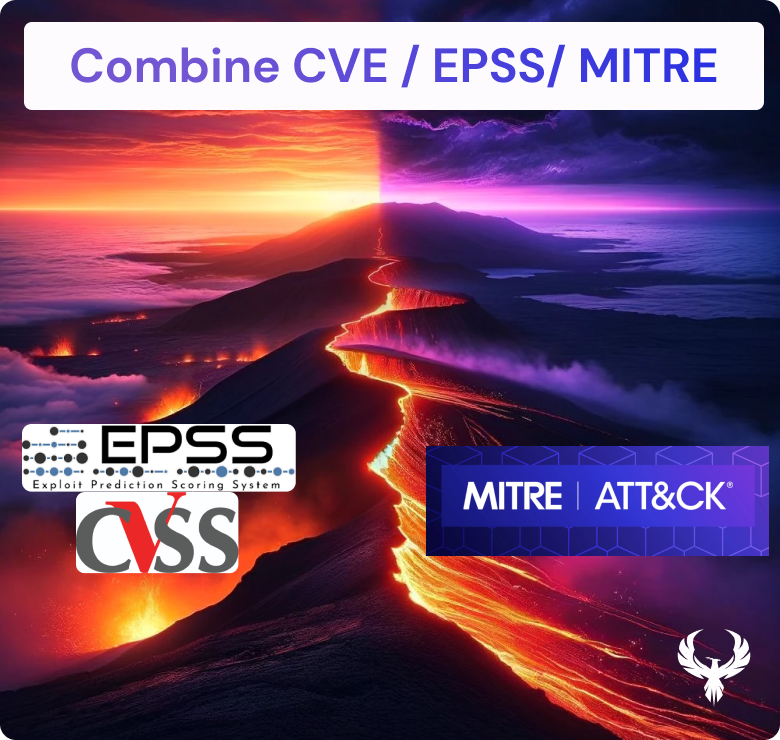Imagine this: in 2024, you have vulnerabilities coming from all the application security tooling, uncorrelated data from Infrastructure as code, Cloud security and software that is being developed, a sea of tickets sent to Jira and no line of sight of who is doing what where (we at phoenix security not only dread it but see it happening).

In this chaos, security professionals try to find the “magic wand” – a one-stop solution to tackle all security issues.
Does such a solution exist? A magic wand might not exist as the combination of people, process, and technology usually is the answer, but providing clarity to the business on the risk surface they have, having clarity as security professionals of all the assets that form an application and where this application is can make a huge difference.
Pair this concept with the ability to deliver to security engineers the top aggregated risk and to developers a precise and prioritised list of what to fix first, and it delivers almost the magic wand we all wanted. A solution like this is now called ASPM (Application Security Posture Management), Phoenix Security is one of the leader in the ASPM category, and we might be closer than ever to turning this dream into reality.

In this current scenario, add the growing regulation and additional need to report risk, and as a consequence, the number of vulnerabilities grows at a rate of 35% year on year, and with the current rate of growth, we are on track for 500K, half a million vulnerabilities by 2028
The Overwhelming World of CVEs without ASPM

Imagine your Jira board inundated with a sea of security findings – a scenario all too familiar in the world of cybersecurity. The numbers are staggering
- Total CVEs: 220,000
- CVEs with a value: 162,000
- CVEs with a score: 93,000
- CVEs with available fixes: 96,000

But it’s not just about quantity. Consider:
- CVEs with unverified exploits: 81,000
- CVEs with Proof of Concept (PoC): 19,000 (including 17,000 with active Bug Bounties)
- CVEs with verified exploits: 2,000
- Those with high exploitation in the wild: a critical 700!
These figures aren’t just numbers; they represent a daunting challenge in vulnerability management and prioritization in the real world.
** Note this is a sample dataset of vulnerabilities and an example of prioritization using CISA KEV, EPSS, Github active exploits,
for more details on the dataset
- CISA KEV: https://phoenix.security/what-is-cisa-kev-main/
- Exploit in the wild: https://phoenix.security/what-is-exploitability/
- OWASP/Appsec Vulnerability: https://phoenix.security/what-is-owasp-main/
- CWE/Appsec Vulnerabilities: https://phoenix.security/what-is-cwe-main/
The Quest for the Magic Sauce in Cybersecurity
So, how do we find the “magic sauce”? The secret lies in prioritizing vulnerabilities. This is where ASPM shines, transforming the overwhelming into the manageable. But what is ASPM? Application Security Posture Management is a cutting-edge approach in cybersecurity, focusing on the holistic evaluation and enhancement of an organization’s application security.

Alignment: The Key to Unlocking Effective Cybersecurity
The true magic in cybersecurity comes from alignment – a strategic blend of business objectives (risk), security objectives (risk reduction), and development priorities (features). When these elements are aligned and updated sprint by sprint, we achieve a harmonious balance that powers effective cybersecurity strategies.
ASPM: The Catalyst for Alignment
ASPM operates at the core of this alignment. By prioritizing vulnerabilities based on risk, ASPM helps organizations focus on the most critical issues. This alignment is not just about reducing risk; it’s about integrating security seamlessly with business goals and development processes. Phoenix Security’s concept of ASPM-aligned risk is at the forefront of this innovation, offering automated functions to streamline this process.
The Powerful Impact of ASPM in Cybersecurity
Adopting ASPM means embracing a methodology that enables organizations to demonstrate tangible progress towards a secure risk posture. It’s about making informed decisions, where each security action is aligned with the broader business objectives. ASPM is more than just a tool; it’s a strategic approach that empowers teams to focus on what truly matters in cybersecurity.
Conclusion: Embracing the Future of Cybersecurity with ASPM
While the idea of a magic wand in cybersecurity remains a fanciful notion, the principles and methodologies of ASPM bring us closer to a reality where vulnerability management is not just effective but also aligned with business goals. Phoenix Security’s ASPM solutions lead the way in this transformative approach, offering a beacon of hope in the complex world of cybersecurity.
What is ASPM? A Beacon in Vulnerability Management
Application security posture management analyzes security signals across software development, deployment and operation to improve visibility, better manage vulnerabilities and enforce controls. Security leaders can use ASPM to improve application security efficacy and better manage risk.
Gartner on ASPM
ASPM emerges as a beacon in this scenario, offering a strategic, data-informed pathway. It transforms an overwhelming vulnerability list into a focused, actionable set of tasks. This alignment propels security measures and dovetails with business objectives, ensuring a secure yet agile business environment. For a deeper dive on the innovation insight, refer to the analysis of Gartner on ASPM
How Phoenix Security Can Help

Phoenix Security helps organizations identify and trace which systems have vulnerabilities, understanding the relation between code and cloud. One of the significant challenges in securing applications is knowing where and how frameworks like Struts are used. ASPM tools can scan the application portfolio to identify instances of Struts, mapping out where it is deployed across the organization. This information is crucial for targeted security measures and efficient patch management. Phoenix Security’s robust Application Security Posture Management (ASPM) system is adept at not just managing, but preempting the exploitation of vulnerabilities through its automated identification system. This system prioritises critical vulnerabilities, ensuring that teams can address the most pressing threats first, optimising resource allocation and remediation efforts.
Get an overview of your asset lineage
The Role of Application Security Posture Management (ASPM):
ASPM plays a vital role in managing and securing applications like those built with Apache Struts, Log4j and other vulnerabilities. It involves continuous assessment, monitoring, and improvement of the security posture of applications. ASPM tools can:
- Identify and Track Struts Components: Locate where Struts is implemented within the application infrastructure.
- Vulnerability Management: Detect known vulnerabilities in Struts and prioritize them for remediation.
- Configuration Monitoring: Ensure Struts configurations adhere to best security practices.
- Compliance: Check if the usage of Struts aligns with relevant cybersecurity regulations and standards.
By leveraging Phoenix Security, you not only unravel the potential threats but also take a significant stride in vulnerability management, ensuring your application security remains current and focuses on the key vulnerabilities.













